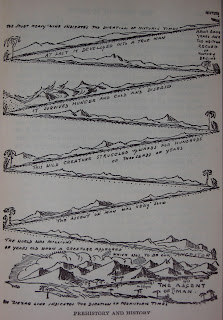what to read in 2012
The best books of 2011 of course! It's a great time of year to place hold requests, add things to to-read lists, and generally revel in the book awards spectacular. Of course, BCCB Blue Ribbons and Newbery/Caldcott/Printz/CorettaScottKing/Notables/etc. aren't out yet, but some of the big lists are already available: Horn Book Fanfare SLJ's Best Books of 2011 So far, from the above two lists, I've added these novels to my to-read list: Chime by Billingsley (who is an accomplished author), Dead End in Norvelt (I love Jack Gantos' work!), and new sci-fi Glow by Ryan. I'm also very excited to see picture books Heart and Soul, Spirals in Nature, and Press Here. SLJ's list includes a section I'll be perusing heavily for my own reading, the Best Adult Books 4 Teens , and of these I'm especially interested in: Ready Player One (sounds surreal), The Language of Flowers (fiction about foster children), The Magician King (fantasy), The Night Ci...

